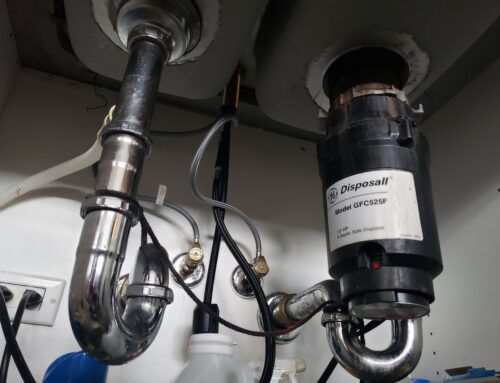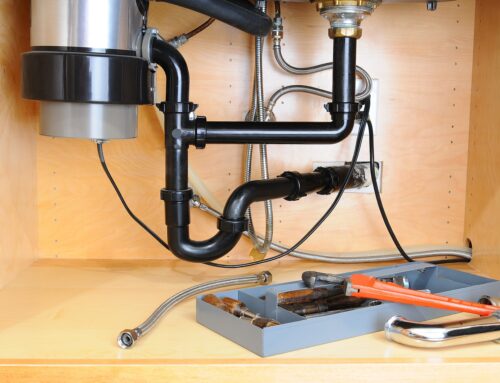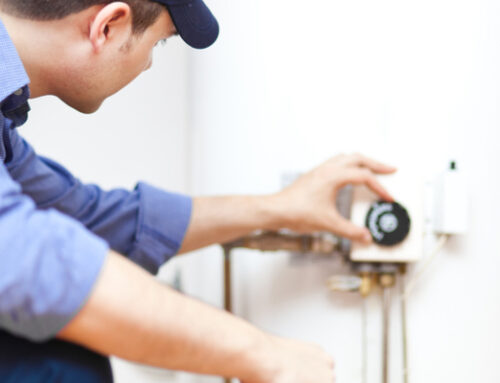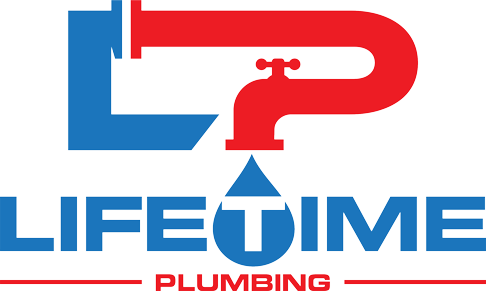Table of Contents
How to Raise Water Level in Toilet Bowl: Simple Steps to Follow
When it comes to household plumbing, the toilet is one of the most important fixtures. However, if the water level in the toilet bowl is too low, it can cause problems with flushing and even lead to unpleasant odors. Fortunately, there are several ways to raise the water level in a toilet bowl without having to call a plumber.
One simple solution is to adjust the water level in the toilet tank. The water level in the toilet bowl is directly related to the amount of water in the tank. If the tank is not filling up enough, it can cause the water level in the bowl to be too low. To fix this, simply adjust the float valve in the tank to allow more water to enter.
Another option is to check for blockages in the toilet bowl or drain pipes. If there is a blockage, it can prevent water from flowing properly and cause the water level in the bowl to be too low. In this case, a plunger or plumbing snake may be necessary to clear the blockage and restore proper water flow.
Understanding the Toilet Mechanism
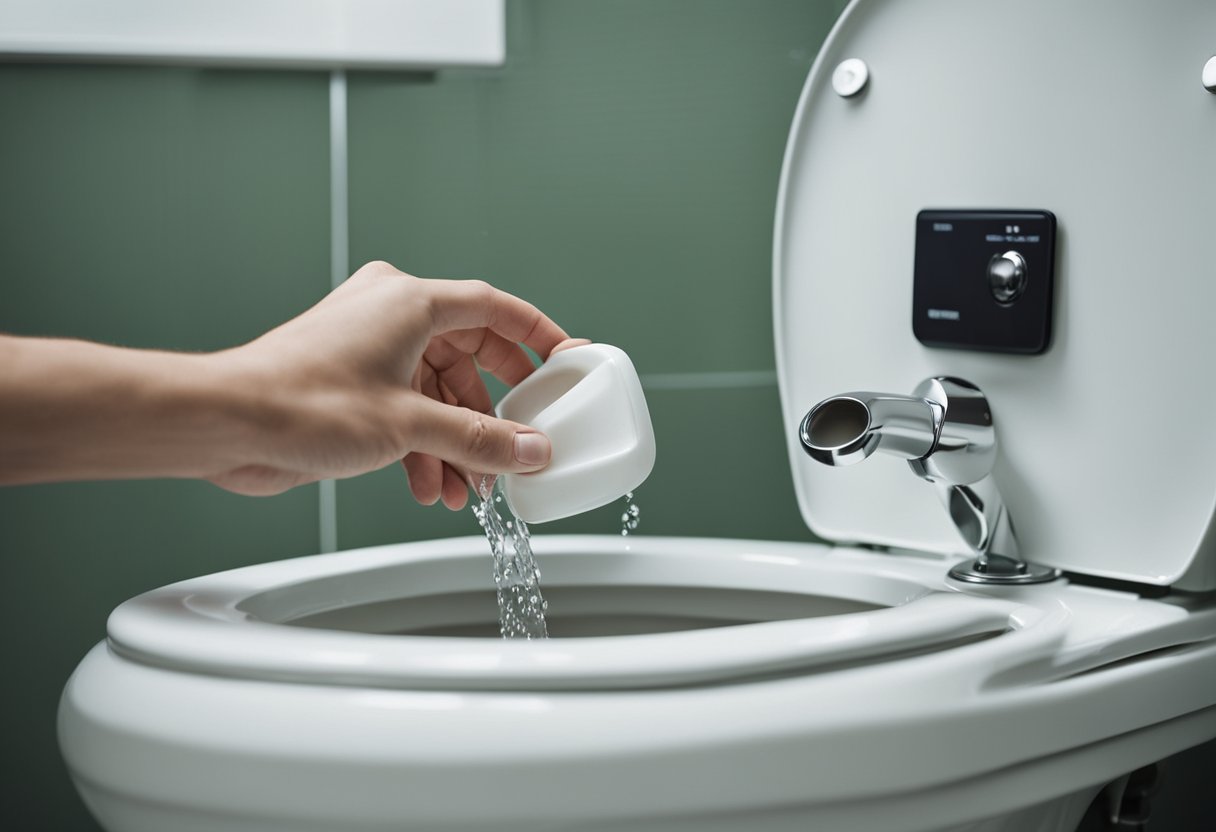
To effectively raise the water level in a toilet bowl, it is important to first understand the toilet mechanism. The toilet mechanism consists of several components that work together to maintain the water level in the bowl.
One of the key components of the toilet mechanism is the fill valve. The fill valve controls the flow of water into the toilet tank, which in turn determines the water level in the bowl. When the tank is full, the fill valve shuts off the flow of water to prevent overflow.
Another important component is the flush valve. The flush valve is responsible for releasing water from the tank into the bowl during a flush. The size and shape of the flush valve can affect the amount of water that enters the bowl, which can impact the water level.
The water level in the bowl is also affected by the trapway, which is the passage that connects the bowl to the drain line. The shape and size of the trapway can impact the speed at which water flows out of the bowl, which can impact the water level.
To raise the water level in the bowl, it may be necessary to adjust one or more of these components. This can include adjusting the fill valve to allow more water into the tank, replacing the flush valve to improve water flow, or clearing any obstructions in the trapway to improve drainage.
By understanding the toilet mechanism and how it affects the water level in the bowl, homeowners can effectively troubleshoot and resolve any issues with low water levels.
Explore our Toilet Parts Diagram for a clear breakdown of how toilets are assembled.
Identifying the Problem
When a toilet bowl has a low water level, it can be frustrating and unsanitary. The first step in raising the water level is to identify the cause of the problem. There are several reasons why the water level in the toilet bowl may be low, including:
- Clogged drain: If the drain is clogged, water will not be able to flow into the bowl properly.
- Faulty flapper: A flapper that is not working properly can prevent water from entering the bowl.
- Low water pressure: If the water pressure is too low, it may not be enough to fill the bowl to the proper level.
- Cracks in the bowl: If there are cracks in the bowl, water may leak out and prevent the bowl from filling to the proper level.
To determine the cause of the problem, it is important to inspect the toilet bowl and its components. Check the drain for any clogs and ensure that the flapper is functioning properly. If the problem persists, it may be necessary to check the water pressure and inspect the bowl for cracks.
Once the cause of the low water level has been identified, the appropriate steps can be taken to fix the problem. In some cases, a simple adjustment or repair may be all that is needed. In other cases, it may be necessary to replace a component or call in a professional plumber for assistance.
Tools and Materials Needed
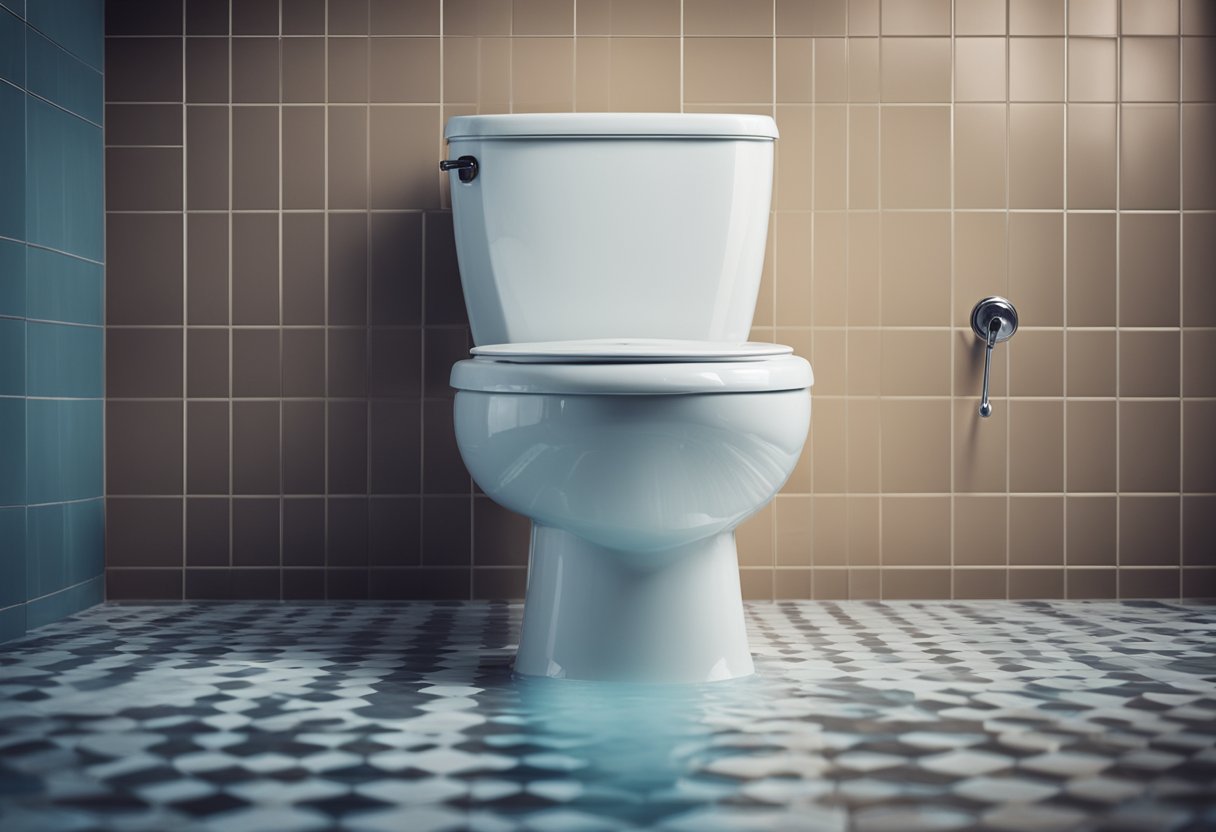
Adjustable Wrench
One of the essential tools required to raise the water level in the toilet bowl is an adjustable wrench. This tool will help you loosen and tighten the nuts that hold the toilet tank to the bowl. It is recommended to use an adjustable wrench because it can fit different sizes of nuts and bolts.
Rubber Gloves
Another important item that you will need is a pair of rubber gloves. These gloves will protect your hands from any harmful chemicals that you may come into contact with while working on the toilet. They will also help you maintain a good grip on the toilet parts while working on them.
Replacement Parts
To raise the water level in the toilet bowl, you may need to replace some parts. The parts that you may need to replace include the fill valve, the flapper, or the flush valve. It is important to have these replacement parts on hand before starting the project to avoid any delays.
In summary, to raise the water level in the toilet bowl, you will need an adjustable wrench, rubber gloves, and replacement parts. These tools and materials will help you complete the task efficiently and effectively.
Adjusting the Float
To raise the water level in the toilet bowl, adjusting the float is often necessary. The float is a mechanism in the toilet tank that controls the water level. When the water level drops, the float drops with it, and the water refills until it reaches the set level. Here are two ways to adjust the float:
Float Ball Adjustment
The float ball is a hollow plastic or metal ball that is attached to the end of a rod. It floats on the surface of the water in the tank and controls the water level. To adjust the float ball, follow these steps:
- Turn off the water supply to the toilet by turning the valve clockwise.
- Remove the lid of the toilet tank.
- Locate the float ball and the rod that it is attached to.
- Bend the rod slightly downward to lower the water level, or upward to raise the water level.
- Turn the water supply back on and check the water level in the bowl.
Float Cup Adjustment
The float cup is a plastic or rubber cup that is attached to the end of a metal rod. It works similarly to the float ball and controls the water level. To adjust the float cup, follow these steps:
- Turn off the water supply to the toilet by turning the valve clockwise.
- Remove the lid of the toilet tank.
- Locate the float cup and the rod that it is attached to.
- Squeeze the clip on the rod and slide the float cup up or down to adjust the water level.
- Turn the water supply back on and check the water level in the bowl.
By adjusting the float ball or float cup, the water level in the toilet bowl can be raised to the desired level. It is important to ensure that the water level is not too high, as this can cause the toilet to overflow.
Checking for Leaks
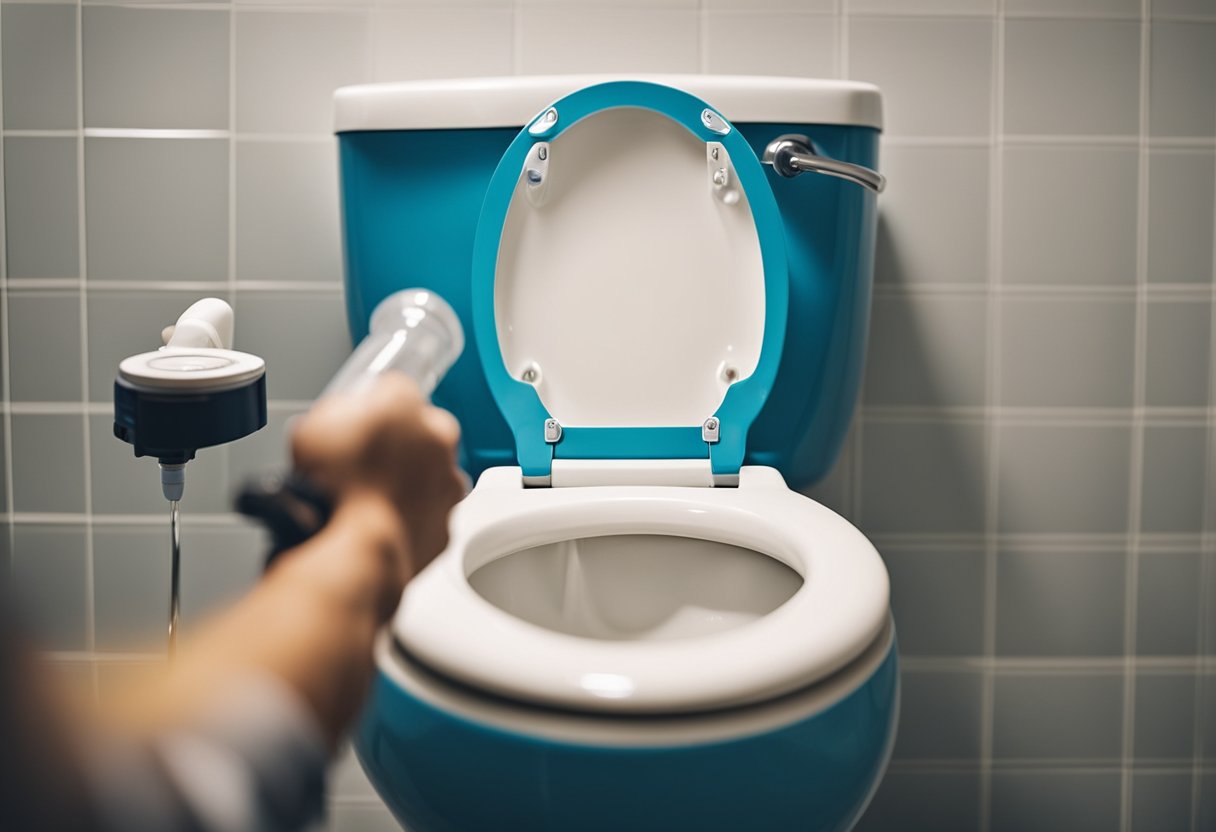
To raise the water level in the toilet bowl, it’s important to first check for any leaks in the toilet system. Water leaks can cause the water level to drop and prevent the bowl from filling up properly. Here are some steps to follow:
- Check the flapper valve: Lift the tank lid and inspect the flapper valve. If it’s not sealing properly, water can leak from the tank into the bowl. Replace the flapper valve if needed.
- Inspect the fill valve: The fill valve is responsible for filling the tank with water. If it’s not working properly, the tank won’t fill up and the bowl won’t have enough water. Check for any cracks or leaks in the fill valve and replace it if necessary.
- Look for cracks in the toilet bowl: Cracks in the bowl can cause water to leak out, preventing it from filling up properly. Inspect the bowl for any cracks and replace it if needed.
- Check the water supply line: The water supply line connects the toilet to the main water supply. If it’s damaged or clogged, water won’t be able to flow properly into the tank. Inspect the line and replace it if necessary.
By checking for leaks and fixing any issues, you can ensure that the toilet bowl fills up properly and the water level is raised to the desired level.
Replacing the Fill Valve
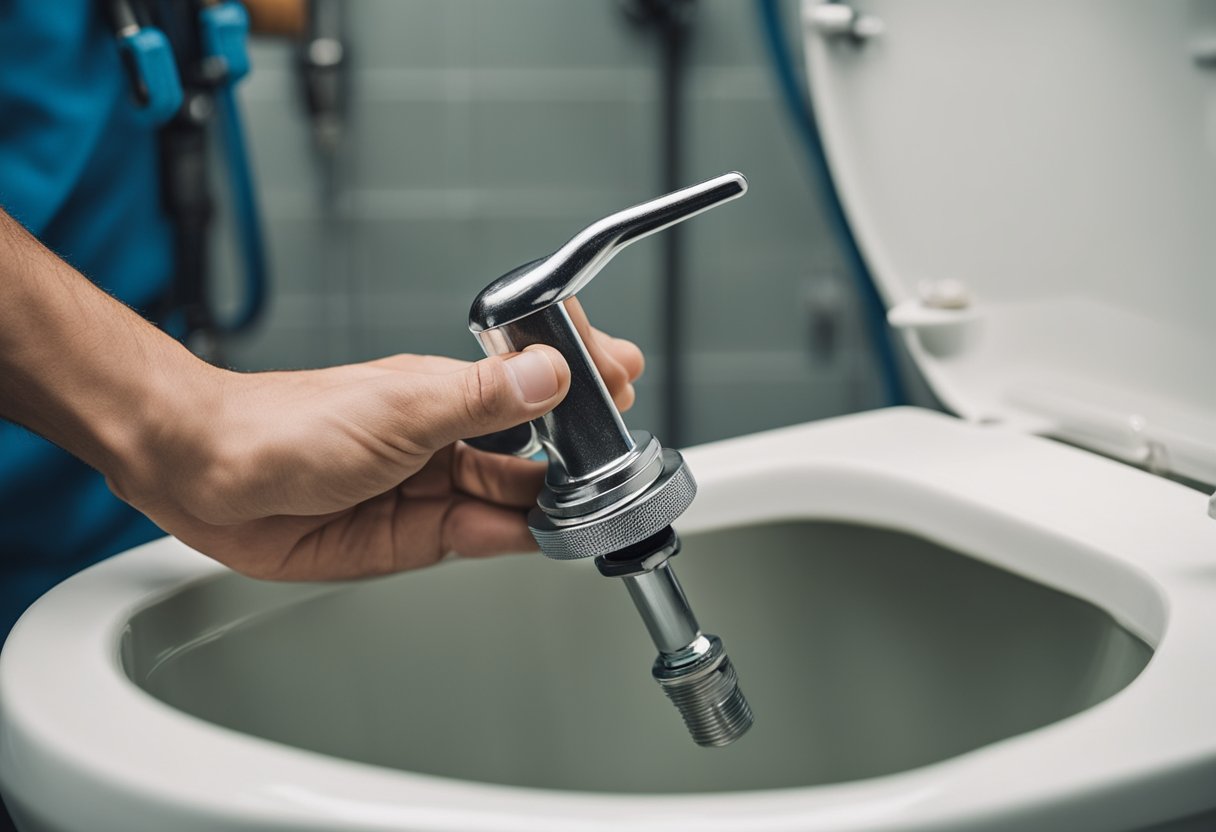
If the water level in the toilet bowl is too low, it could be due to a faulty fill valve. The fill valve is responsible for regulating the water level in the tank and bowl. If it’s not functioning properly, it can cause the water level to drop.
To replace the fill valve, follow these steps:
- Turn off the water supply to the toilet by turning the shut-off valve clockwise until it stops.
- Flush the toilet to drain as much water as possible from the tank and bowl.
- Disconnect the water supply line from the bottom of the tank.
- Remove the old fill valve by unscrewing it from the bottom of the tank.
- Install the new fill valve by following the manufacturer’s instructions.
- Reconnect the water supply line to the bottom of the tank.
- Turn the water supply back on and allow the tank to fill with water.
- Check the water level in the bowl to ensure it’s at the desired level.
It’s important to note that not all fill valves are created equal. Be sure to choose a high-quality fill valve that’s compatible with your toilet. This will ensure proper functioning and prevent the need for frequent replacements.
Replacing the fill valve can be a simple and effective solution to raising the water level in the toilet bowl.
Final Checks
Before completing the process of raising the water level in the toilet bowl, there are a few final checks that should be performed to ensure everything is working correctly.
First, check the water level in the tank and make sure it is at the appropriate level. If it is too low, adjust the float valve accordingly.
Next, flush the toilet a few times to make sure there are no leaks and that the water level in the bowl is stable. If the water level drops significantly after flushing, there may be a problem with the flapper valve or the fill valve.
Finally, check the water pressure in the house. If the pressure is low, it may be difficult to raise the water level in the toilet bowl. In this case, it may be necessary to contact a plumber to address the issue.
By following these final checks, you can ensure that the water level in your toilet bowl is properly raised and that your toilet is functioning correctly.
Preventive Maintenance
Regular maintenance can prevent issues with low water levels in the toilet bowl. Here are a few tips for preventive maintenance:
- Clean the toilet bowl regularly to prevent buildup of mineral deposits and waste. Use a toilet bowl cleaner and a brush to scrub the inside of the bowl. This will prevent clogs and ensure that water can flow freely through the pipes. Explore the 8 Best Toilet Bowl Cleaners – effective, reliable, and ready to refresh your bathroom instantly!
- Check the water supply valve periodically to make sure it is fully open. If the valve is partially closed, it can restrict the flow of water to the toilet bowl. Turn the valve counterclockwise to open it fully.
- Inspect the fill valve and flapper periodically to make sure they are functioning properly. The fill valve controls the flow of water into the toilet tank, while the flapper regulates the flow of water from the tank to the bowl. If either of these components is not working correctly, it can cause low water levels in the bowl. Replace any damaged or worn parts as needed.
By following these simple tips, you can prevent low water levels in the toilet bowl and ensure that your toilet is functioning properly.
Conclusion
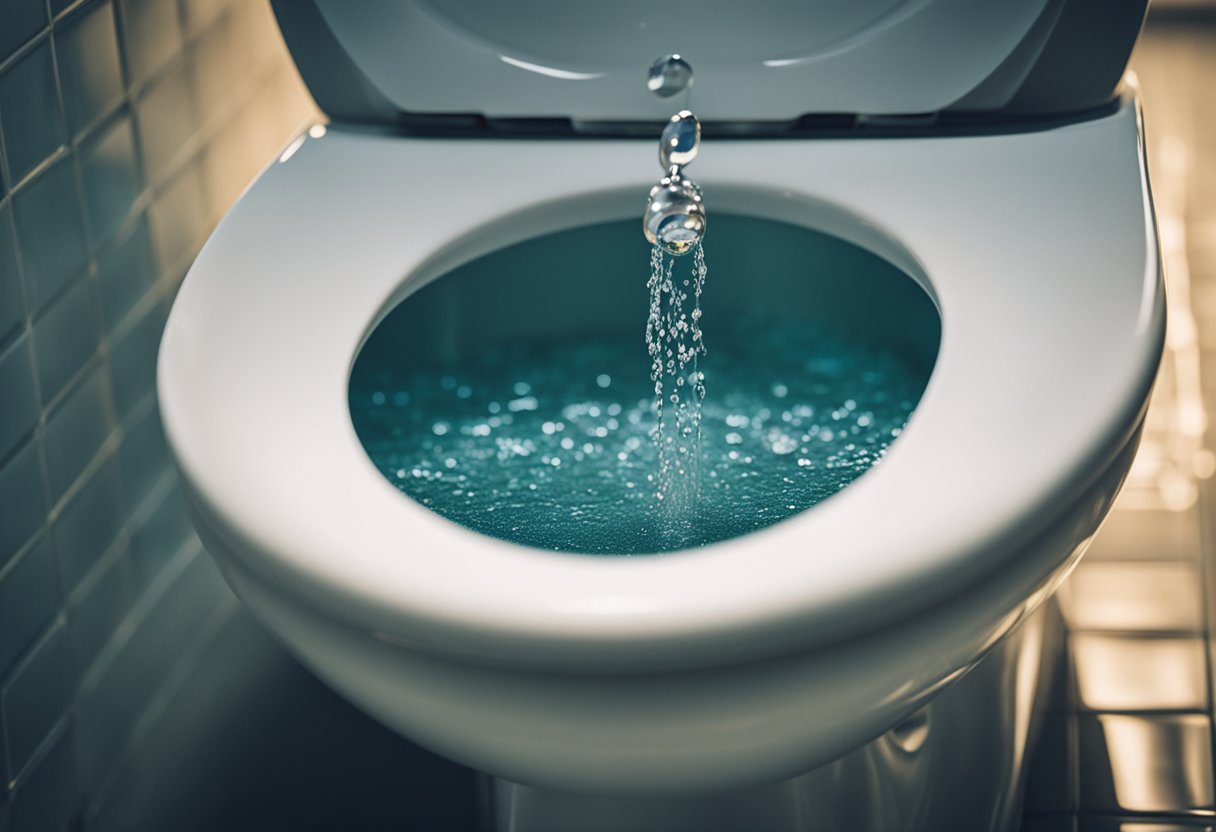
In conclusion, raising the water level in the toilet bowl is a simple process that can be done by anyone with basic plumbing knowledge. By adjusting the fill valve or float, the water level can be raised to the desired height. It is important to note that the water level should not be raised too high, as this can cause overflow and damage to the toilet.
Regular maintenance of the toilet, including cleaning and checking for leaks, can prevent the need for water level adjustments in the future. Additionally, using a low-flow toilet or installing a dual-flush system can help conserve water and reduce the need for frequent adjustments.
Overall, with proper care and attention, maintaining the water level in the toilet bowl can be a quick and easy task that ensures the proper functioning of the toilet.
If you find yourself in need of professional plumbing assistance, don’t hesitate to reach out to Lifetime Plumbing, your professional plumber in Chicago.

